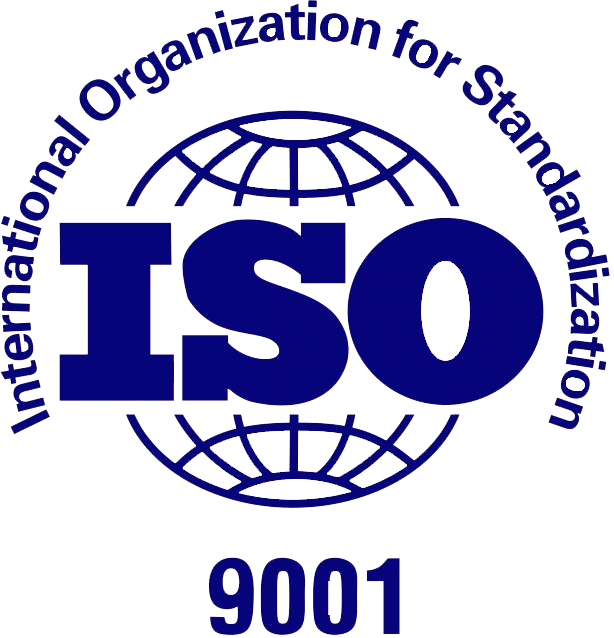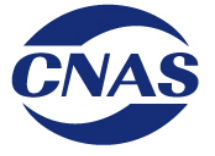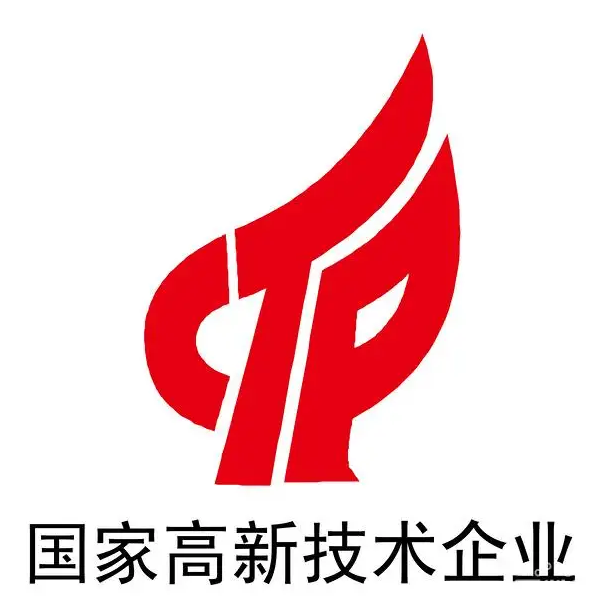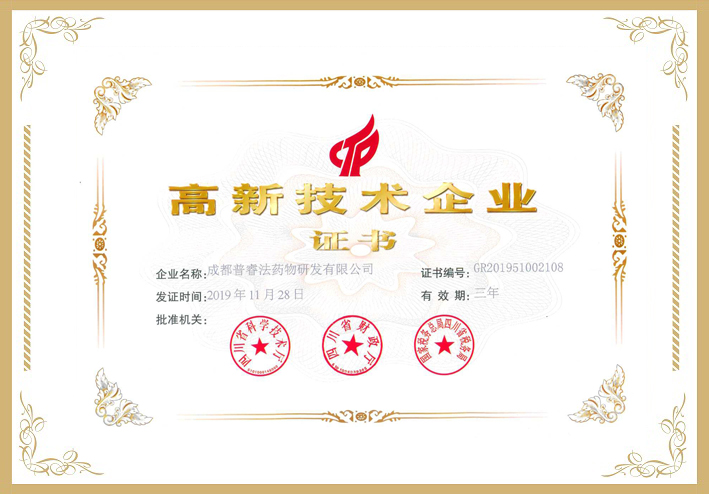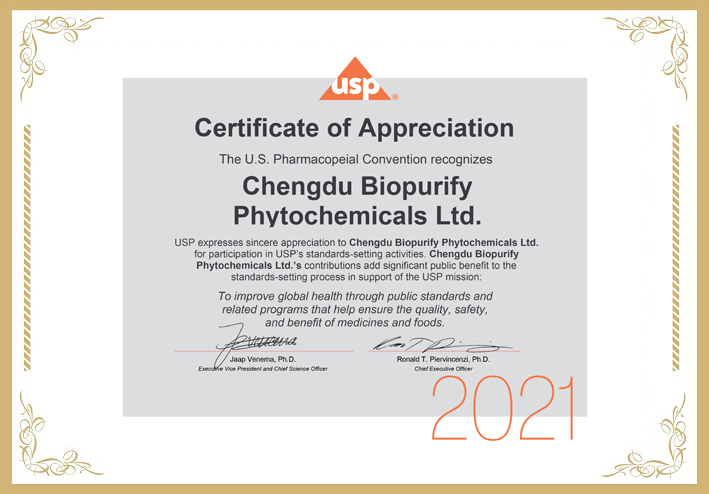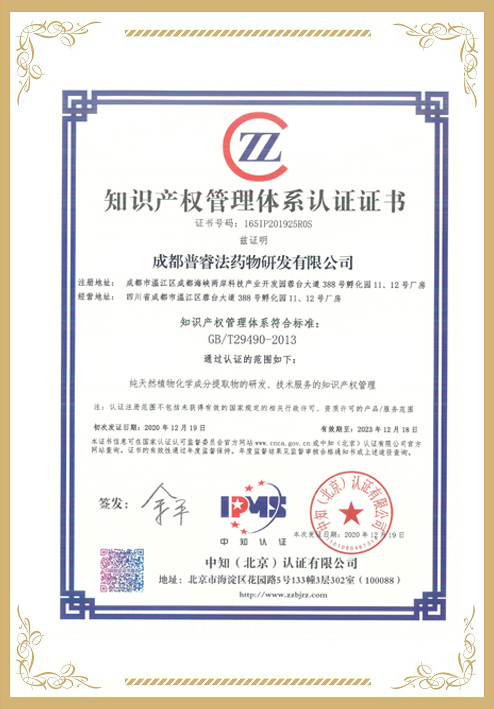Caffeoylquinic acids (CQAs) are phenolic acids found in various plants that possess multiple biological activities including anti-oxidation, anti-inflammation, and xanthine oxidase inhibitory activity. Our previous research demonstrated that CQAs-rich Artemisia selengensis Turcz. leaves extract (ASTLE) effectively lowered uric acid levels in hyperuricemia mice. However, further evidence is needed to elucidate the mechanism of the uric acid-lowering effect of ASTLE. In this study, a sensitive but non-radioactive in vitro method based on 6-carboxyfluorescein (6-CFL) was established, validated, and further applied to assess the uricosuric potential of ASTLE. Furthermore, molecular docking, qRT-PCR, and western blot were employed to evidence the uricosuric effect of ASTLE. The results demonstrated that ASTLE exhibited the potential to inhibit uric acid reabsorption, manifested as the inhibition of 6-CFL uptake by human kidney 2 (HK-2) cells (IC50 = 533.67 ± 19.91 µg/mL), and CQAs were identified as its dominant bioactive compounds. Mechanism investigation further revealed that the uptake inhibitory effect of ASTLE was attributed to the hydrogen bonding interactions of CQAs, particularly di-CQAs, with uric acid transporters URAT1 and GLUT9, as well as to the down-regulation of mRNA and protein expression of URAT1 and GLUT9 and the up-regulation of mRNA and protein expression of ABCG2 by ASTLE. This study indicated that ASTLE has potent uricosuric effect. Moreover, this study suggested that the combination of 6-CFL uptake inhibition assessment, molecular docking, qRT-PCR, and western blot analysis could be a promising strategy for revealing the role of anti-hyperuricemia candidates in promoting uric acid excretion.














